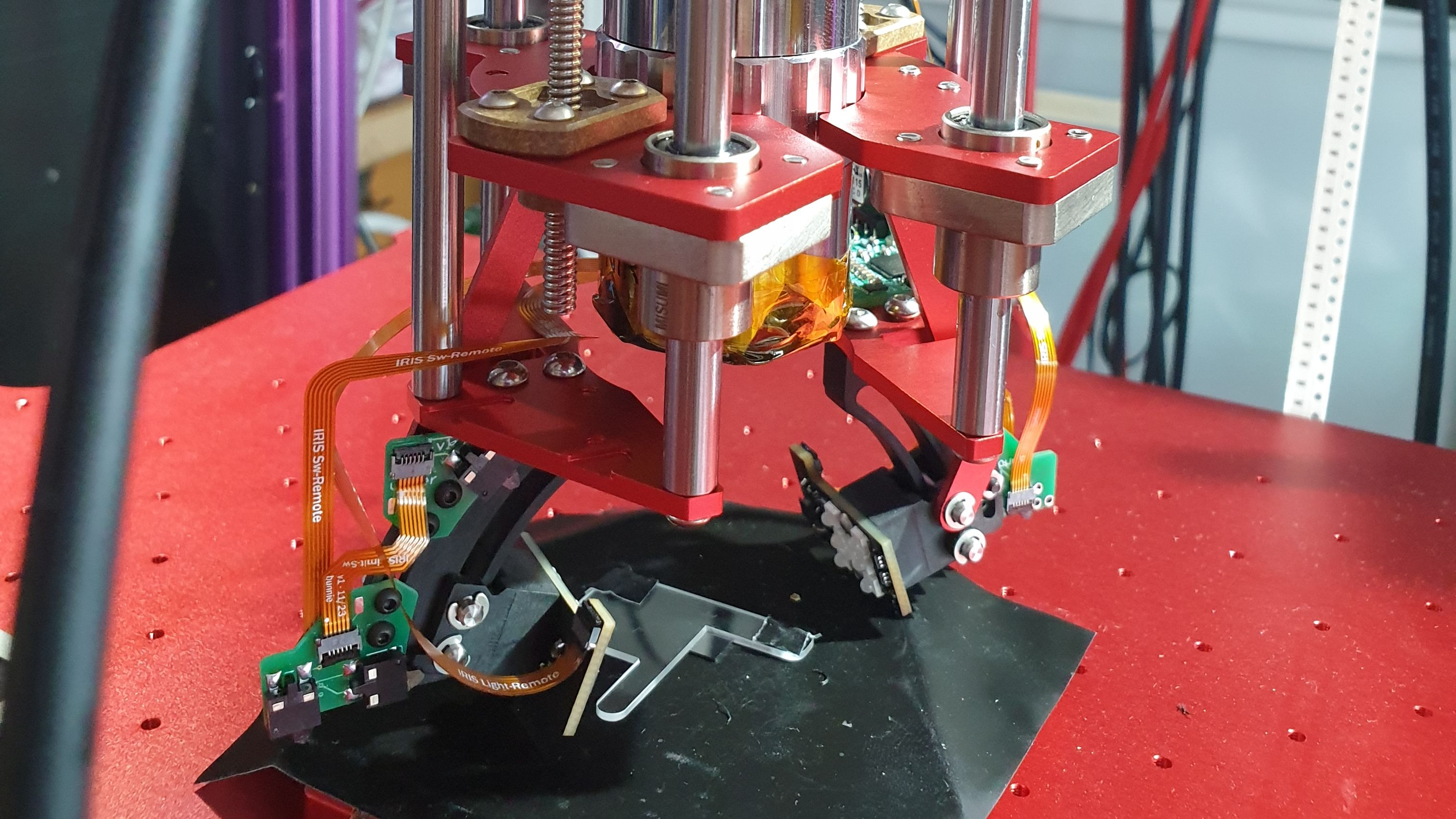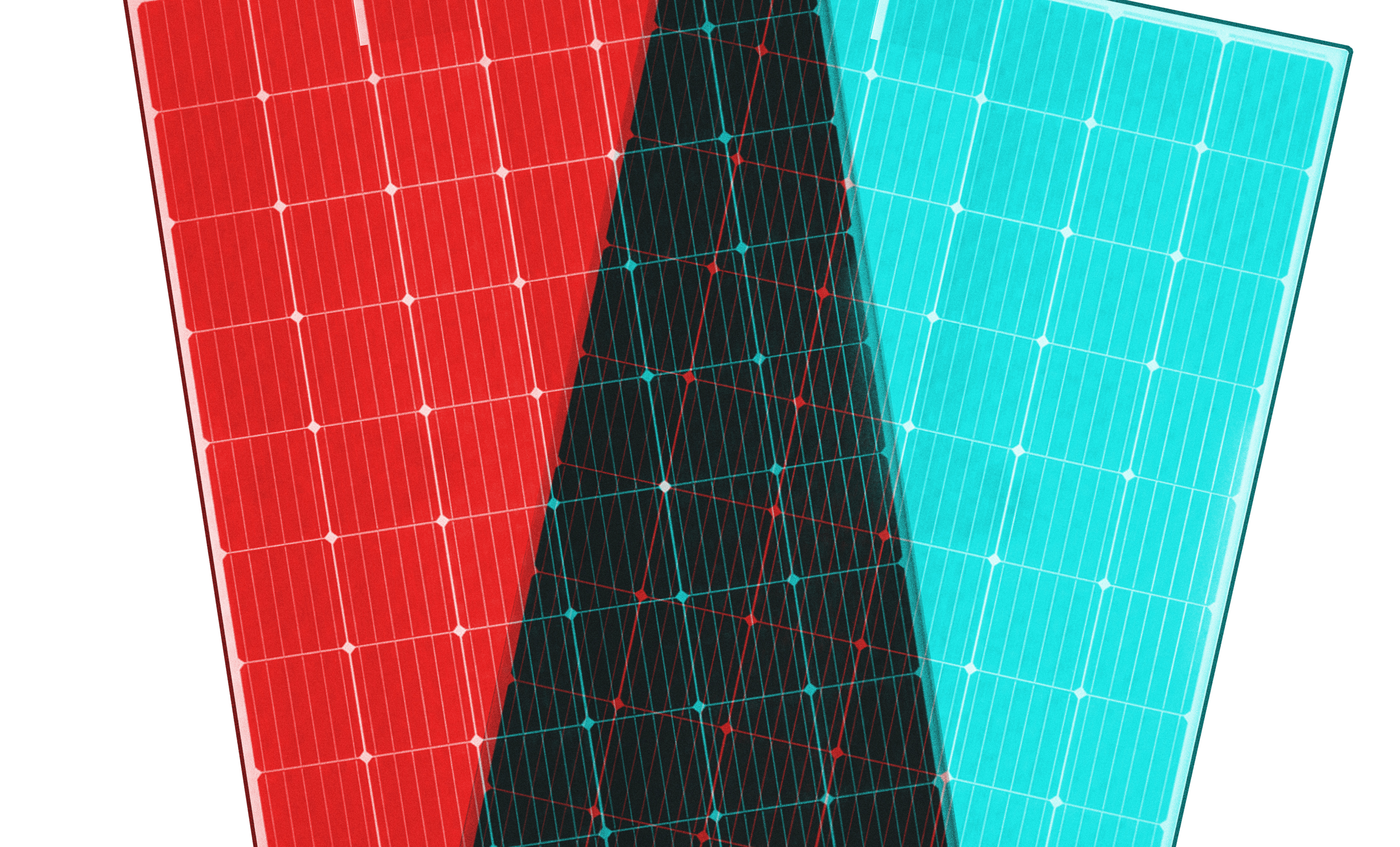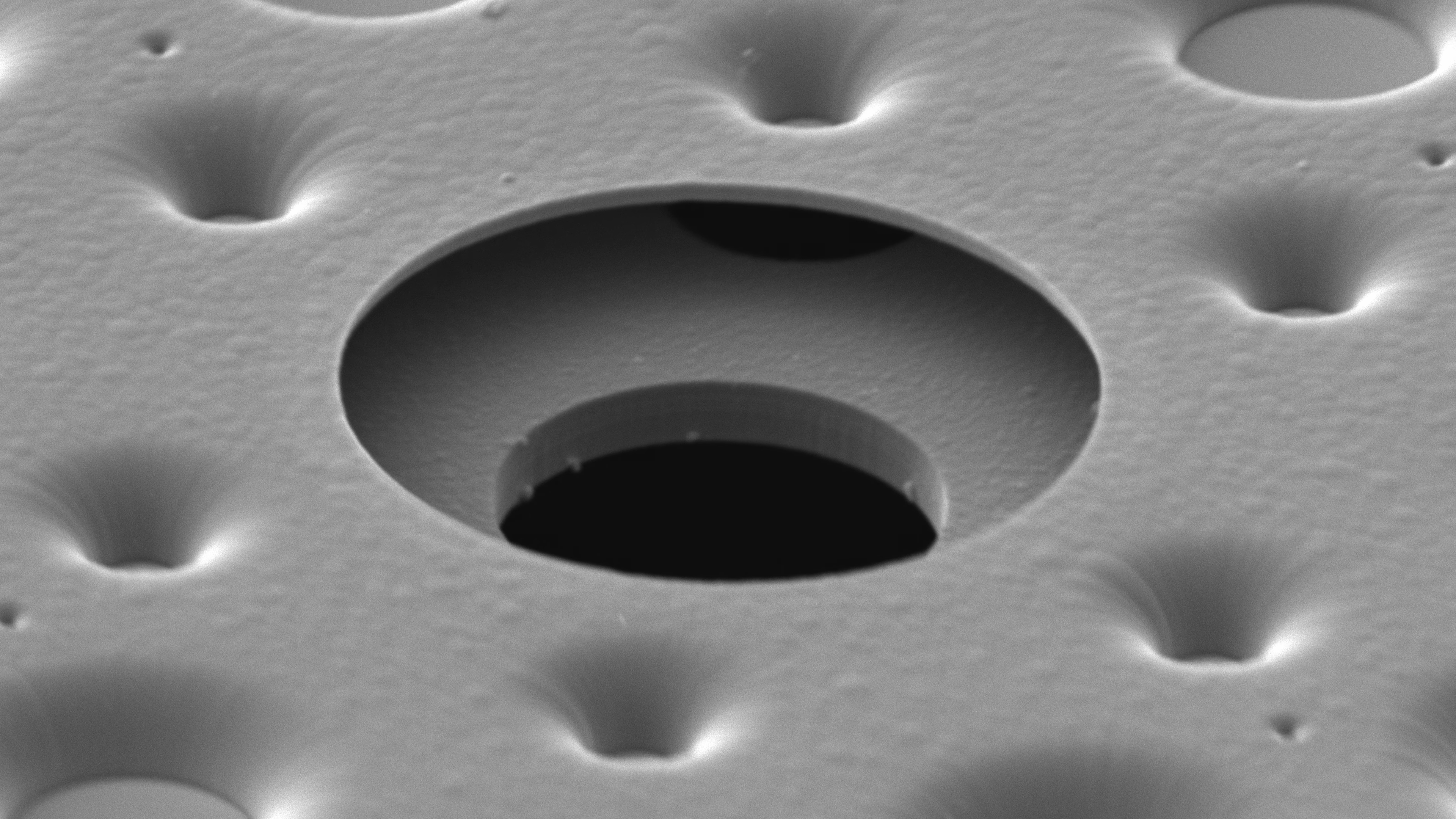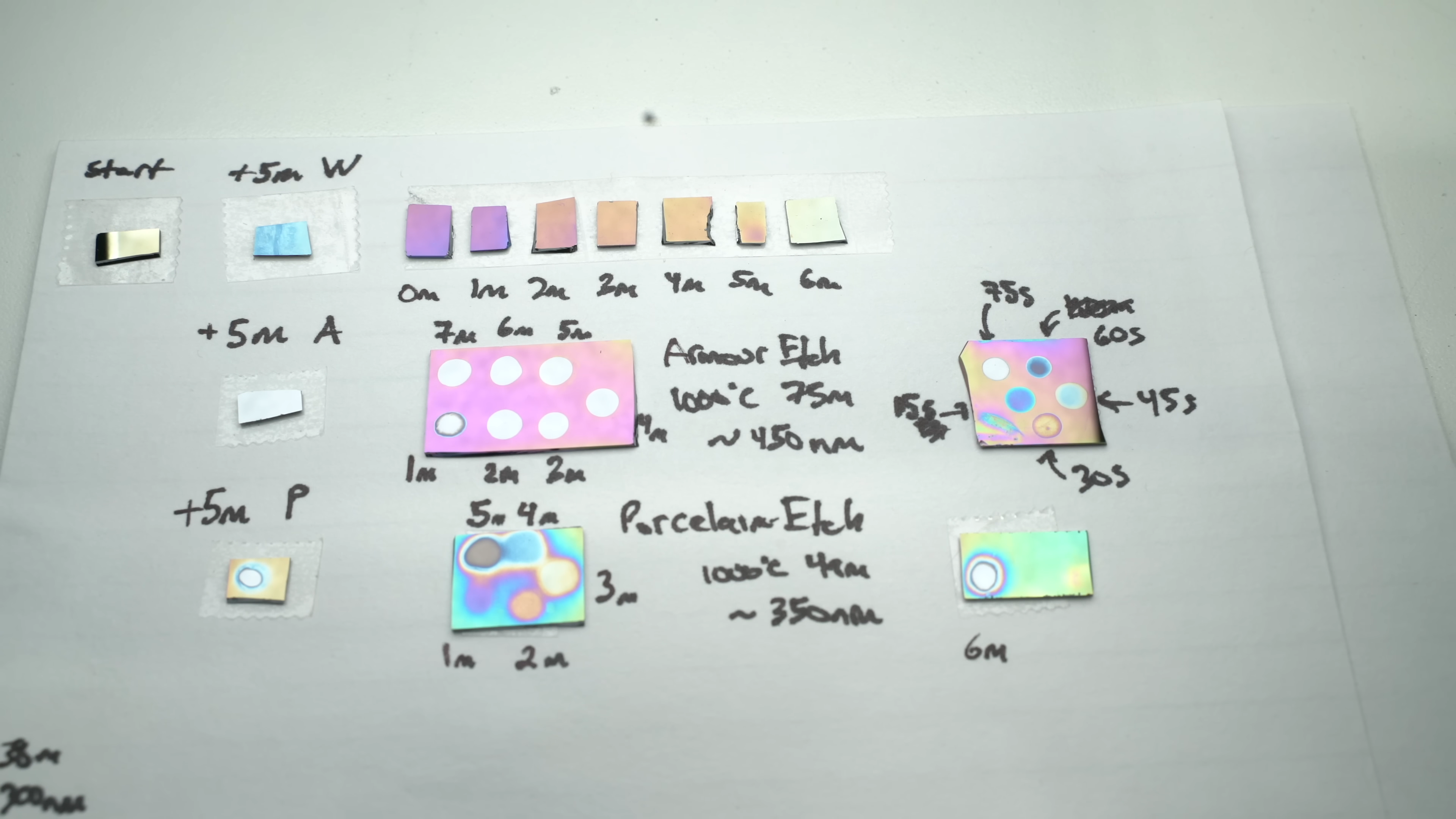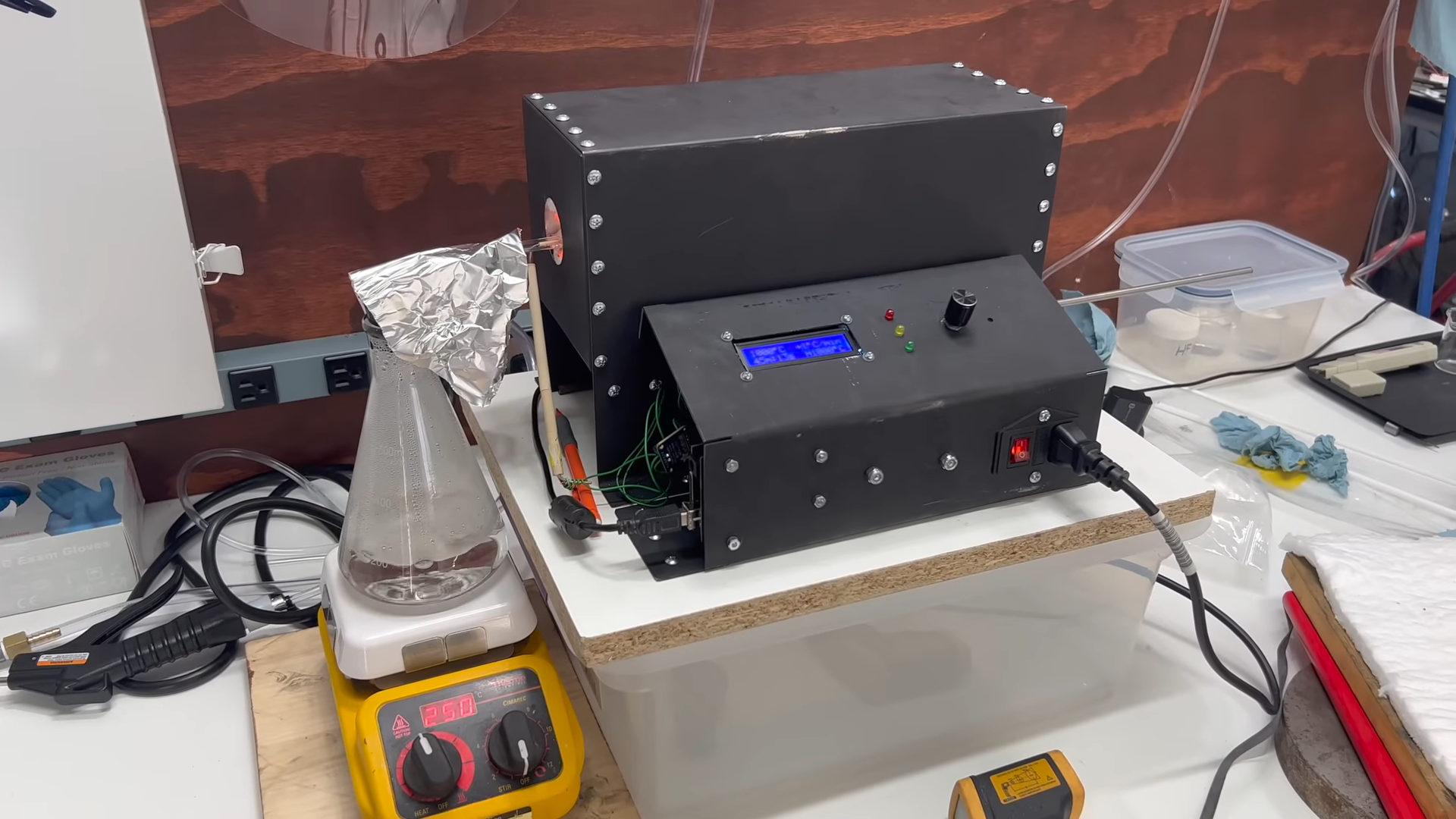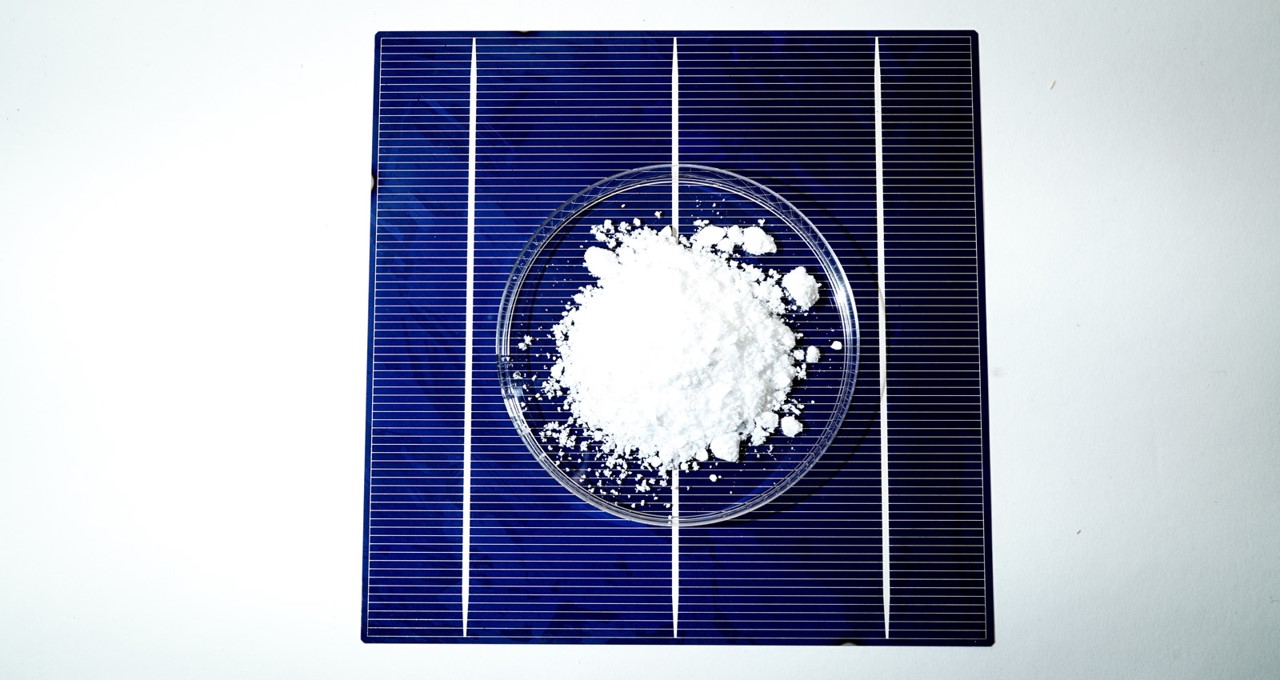One person like that
#silicon
Ethik des Silicon Valley
Sie wären gern Götter
Von Moritz Müllender
Viele Milliardäre des Silicon Valley hängen fragwürdigen ethischen Konzepten an. Dass sie die Entwicklung einer Super-KI vorantreiben, sollte zu denken geben.
Schwerpunkt: Künstliche Intelligenz
#taz #tageszeitung #Silicon #Valley #Elon #Musk #Raumfahrt #Ethik #Philosophie
One person like that
1 Comments
2 Likes
4 Likes
2 Comments
1 Shares
4 Likes
1 Shares
One person like that
Niedriglohnarbeit für US-Tech-Konzerne
KI-Training in Afrika
Junge Ugander zeigen künstlicher Intelligenz von Hand, was sie machen soll – und was nicht. Gute Jobchancen oder klickender Albtraum?
2 Shares
Elon Musk und das X
Was „Longtermismus“ bedeutet
Von Tatjana Söding
Kritiker*innen bezeichnen die Strömung als „Eugenik unter anderem Namen“. Doch nicht nur Musk ist fasziniert von der Idee des Longtermismus.
4 Likes
4 Shares
3 Likes
1 Shares
#Million-Qubit #Quantum #Computer from Intel:
Source: https://youtube.com/watch?v=j9eYQ_ggqJk
In this video I discuss Intel Quantum Computer based on Silicon Qubits. It is the first #Silicon #Qubits at Scale and based on this #technology Intel is building a Million-Qubit Quantum Computer
One person like that
1 Comments
Technocracy-Bewegung
Rente mit 40 und Grundeinkommen
Die Technocracy-Bewegung plante eine nach den Prinzipien von Wissenschaft und Technik organisierte Welt. Eine ihrer Leitfiguren war Musks Großvater.
#taz #tageszeitung #Elon #Musk #Tech-Unternehmen #Silicon #Valley
Scratching the surface of silicon in tandem solar cells
German scientists have investigated the role of surface texturing in perovskite-silicon tandem cells and have found that several new processes offer the ability to etch smaller, more uniform textures onto the surface of a silicon cell than today’s industry standard. This could help to ease the subsequent growth of a perovskite cell on top of the silicon, enabling researchers and manufacturers to target higher performance.
https://www.pv-magazine.com/2023/02/28/scratching-the-surface-of-silicon-in-tandem-solar-cells/
#silicon, #helmholtz-zentrum, #technology, #perovskite, #r&d, #hzb, #berlin
One person like that
Swedish start-up claims algae innovation can boost solar module efficiency by 4%
As Europe struggles to build a domestic solar manufacturing industry, start-up Swedish Algae Factory is working on improving the efficiency of solar panels with a coating product that only needs to be applied once and is made in an eco-friendly environment.
https://www.pv-tech.org/swedish-start-up-claims-algae-innovation-can-boost-solar-module-efficiency-by-4/
#interviews, #shells, #diatom, #dssc, #features, #cells, #silicon, #solar, #crystalline
One person like that
George W. Hunt, “How The Press Lied About The #Murder of #Ilya #Zhitomirskiy”:
This story caught my eye. Please read the headlines in this article about “ #Diaspora” #founder Mr. #IlyaZhitomirsky.
The headline mentions a “suicide note”, Therefore one is led to believe that there was a suicide note. Actually,
"always knew this , shame only very few use this tool he gave us "
Ilya did not write a suicide note: Ilya was killed by suffocation (lack of oxygen) according to the San Francisco Coroner. He did NOT commit suicide; he was smothered to death. Murdered by “unknown parties”
as the S.F. may now finally say.
I believe his murder was instigated by the #billionaires and venture capitalists of #Silicon #Valley who may have perceived that the “Diaspora” software could destroy their long-term target plan to create an international social site monopoly. They could lose trillions of dollars if Ilya’s advanced privacy and security social site interfered with their sociopath lusts for #money, power and “1984”.
A solution to their problem (if these people were actually involved: I’m only surmising) was to make a generous offer first and , if declined, kill Ilya Zhitomirsky. A massive #media #cover-up was pre-arranged with little or no mention of murder. The press did a good job. No mention of “possible murder” with the exception of the police who said the Coroner would determine if it was a murder or a suicide. Out of 45 press releases I reviewed, no mention of a “possible murder” was posed. Hmm.
A skim-reader might read the words “suicide note” in the headlines and leave an impression that if Ilya left a suicide note he therefore committed suicide. The journalist who wrote the story certainly knew that there was no suicide note, yet he implied that there was a suicide note in the headline he chose. How strange. Do journalists get paid on the side for planting such disinformation?
There was NO suicide note– but it did say“suicide note” in the headlines, didn’t it ?
If one takes the time to read the full article the only reference to a suicide note was this silly reference to another person and contriving an opportunity to bring “suicide note” into the headline. Now we can see where the clever journalist created an opportunity to lead the readers astray.
Inna Zhitomirskaya, mother of Ilya:
I strongly believe that if Ilya did not start this [Diaspora] project and stayed in school, he would be well and alive today.
Thanks Ivan
6 Likes
3 Comments
3 Shares
#Nanotechnology Used #in Over 2,000 #Food Items Goes Unlabeled Due to Weird FDA Loophole:
Source: https://youtube.com/watch?v=wlAi3KIeTN8
Nanotechnology Used in #Covid #poison darts, 2,000 #Foods Goes #Unlabeled
Extremely small #particles of various #compounds are being used as food #additives, with unknown effects
If you’re one of those people that can often be found in the food aisles of grocery stores reading labels and looking for ingredients you can’t pronounce and don’t want to eat, you’ve most likely noticed several ingredients that, unbeknownst to you, are made using nanotechnology—a process that converts silver, copper, gold, aluminum, silicon, carbon, and metal oxides, among other metals, into atom-sized particles that are one-billionth of a meter in size.
Commonly used nano-sized ingredients include #TitaniumDioxide, which may be the most well-known additive. Others, such as #silicon oxide, calcium carbonate, iron oxides and hydroxides, calcium silicate, tricalcium phosphates, and #synthetic #silicas, are only a few of the additives that may be in your pantry right now.
A New Ingredient
Nanotechnology has become widely used in food production and manufacturing since the #1990s, and its components are unimaginably small—one-hundredth the size of a strand of human hair. They make our food more colorful, brighter, creamier, or crunchier, and they keep it fresher for longer as well.
Nano-sized additives also make some of our medicines more effective.
Nanotechnology is used in the manufacturing of #everyday #products, such as electronics, food and food #packaging, #medicine, #toys, #clothing, #sunscreens, #cosmetics, #dietary #supplements, and #much #more.
While they can provide a myriad of benefits, these increasingly popular product enhancers come at a price, according to #consumer groups and #health experts—and that price is our health.
Health Implications
Because these particles are so small, studies have shown that they can breach the #blood-brain barrier. Researchers are already exploring this quality for drugs meant to treat neurological conditions. But when it comes to food, that’s not a feature anyone is asking for. These particles are also able to circulate throughout the body and get absorbed into the bloodstream and organs. They can #penetrate #cell #walls and potentially create #inflammation and #disease.
“They may pass through the #lining #of the #gut and enter the #bloodstream, which may trigger an inflammatory or immune response,” Harvard School of Public Health’s Georgios Pyrgiotakis told WebMD. “They may also build up in various parts of the body, including the #lungs, the #heart, and reproductive organs.”
In a July 2020 study, a group of researchers at the University of Massachusetts Amherst found that titanium dioxide, which is commonly added to #gum, #candy, #drinks, and #desserts, caused changes in the gut #microorganisms of two groups of mice.
Both were given doses of titanium oxide. One group was fed a low-fat diet and the other a high-fat diet. After further testing to isolate the titanium dioxide effect, both groups had inflamed colons, which can lead to abdominal pain and diarrhea. The obese mice had more pronounced symptoms.
Vaccine Technology
Nanotechnology is currently being used in two of the three #mRNA #COVID-19 vaccines being given in the United States today.
There’s a #ipid #nanoparticle coating surrounding the mRNA in the vaccines, which allows them to penetrate the cell’s wall.
“Lipid #nanoparticles are a vital component of the Pfizer/BioNTech and Moderna mRNA COVID-19 vaccines, playing a key role in protecting and transporting the mRNA effectively to the right place in cells,” stated the Chemical Abstracts Service, a division of the American Chemical Society.
“Of the many COVID-19 vaccines under development, the two vaccines that have shown the most promising results in preventing COVID-19 infection represent a new class of vaccine products: They are composed of messenger ribonucleic acid (mRNA) strands encapsulated in lipid nanoparticles (LNP).”
But scientists have continued to call for greater oversight of these substances by the Food and Drug Administration (FDA) because of their size. Because they easily cross the blood-brain barrier, they may damage it by altering the layer of cells that line the inner wall of blood vessels.
FDA Looks Closer
The FDA, the agency charged with overseeing these additives, has begun to weigh the health risks from nano-sized additives.
The agency currently classifies nanoparticles in food with the designation Generally Recognized as Safe (GRAS) if the manufacturer is already using the same ingredient in its larger, conventional form.
“The particle size distribution of a food substance may affect its ability to be absorbed by the body or to migrate from food packaging into food,” the FDA stated in a 2007 guidance document on nanotechnology in food.
“The FDA does not categorically judge all products nanomaterial or otherwise involving application of nanotechnology as intrinsically benign or harmful. The FDA is monitoring the evolving science and has a robust research agenda to help assess the safety and effectiveness of products using nanotechnology.”
In 2011, the FDA Nanotechnology Task Force was created to coordinate its efforts with research scientists in the United States and internationally. Its goals are to train staff in the latest science at state-of-the-art facilities and to encourage collaborative research projects.
“Production and application of nanoparticles in consumer products is at an all-time high due to the emerging field of nanotechnology,” the FDA stated in a 2017 Grand Rounds webcast. “Direct detection and quantification of trace levels of nanoparticles within consumer products is very challenging and problematic.”
Tiny Particles, Growing Problem
By 2020, the FDA reported that applications for the approval of products containing nanotechnology had skyrocketed in the previous 10 years. According to many experts in the United States, there are 1,900 to 2,500 food products that use nanotechnology.
In response to health concerns about these products, countries around the #world have taken steps to limit or #ban some or all nanotechnology in their food.
In 2010, #Canada #banned nanotechnology in #organic food production. Since 2011, the #EuropeanUnion has required all food to be #labeled if it contains #engineered #nanomaterials. In 2015, the bloc required additional testing to ensure health safety.
In 2018, the European Food Safety Commission was petitioned by a group of scientists within the agency to reject the food additive silicon dioxide as safe for consumption because of nanoparticles in it, until a particle size distribution could be confirmed.
Beginning Jan. 1, 2020, #France banned any foods containing #titanium #dioxide from entering the country.
In the United States, the FDA doesn’t require any products produced with nanoparticles to be labeled or banned, and its guidelines recommend oversight on a case-by-case basis. Research on the long-term effects of ingesting nanoparticles remains scant.
2 Likes
3 Likes
5 Shares
2 Likes


